AARP Hearing Center

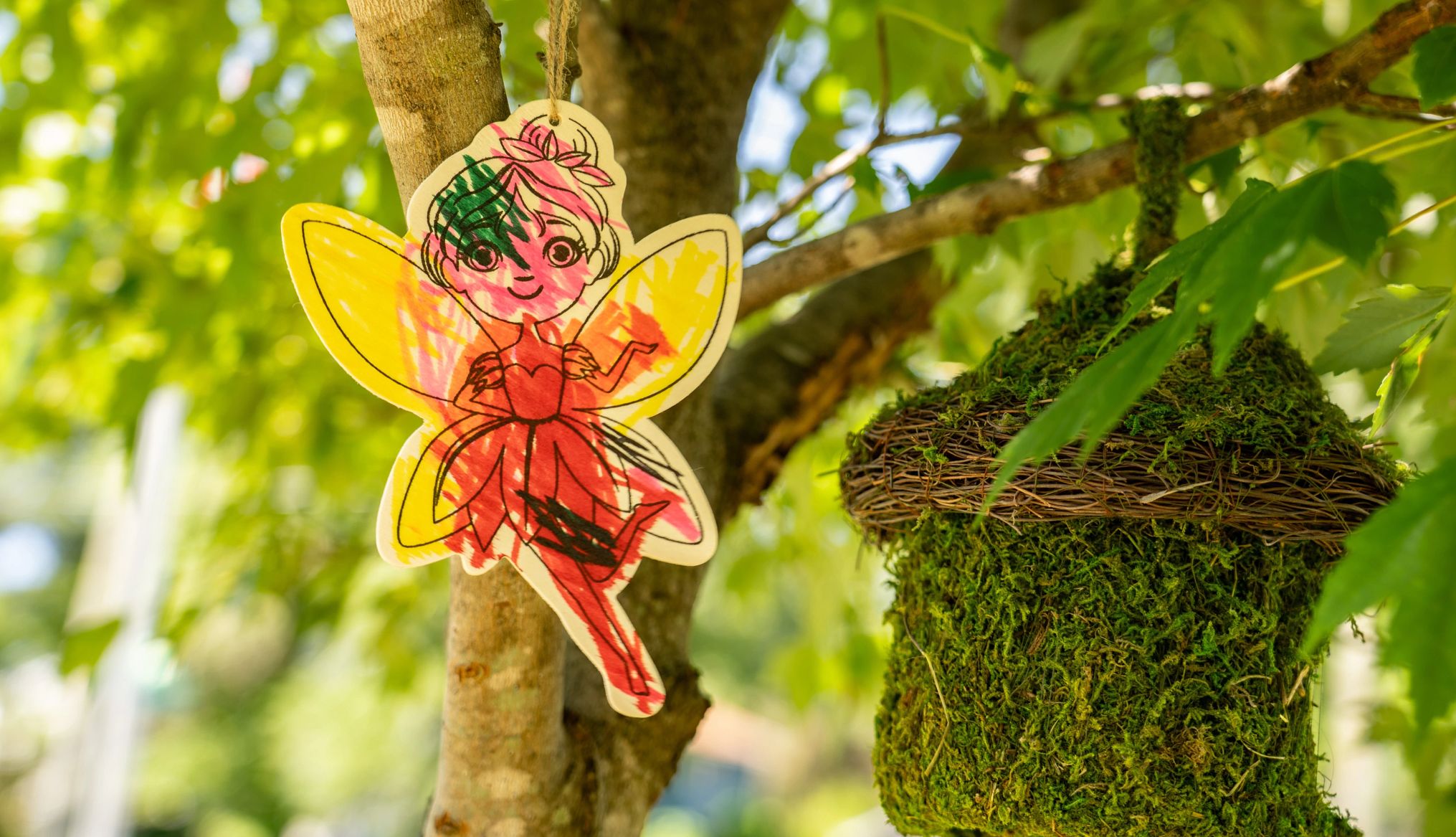
Feel a slight whoosh of air? Hear a faint twinkling sound? The fairies may have arrived in your garden! They certainly can when grandparents and grandkids bring their imaginations to life while building a fairy garden together.
What is a fairy garden? It’s a miniature garden designed to draw in fairies, elves and gnomes, and a perfect grandparent activity with kids ages 3 to 12. The best part: You can make one quickly if you only have a bit of time (or a little one with a short attention span), or it can be an ongoing project with fairy play for days.
“It’s a great family bonding experience,” says Ed Cooper, 69. He rounded up his sister, Melinda (Linda) Franklin, 65, and her grandchildren, as well as her nieces and nephews, to build a garden for the Fairy House Festival in May at Quiet Waters Park in Annapolis, Maryland, where Ed is a volunteer.
They had so much fun that Ed, Linda and Linda’s daughter, Nicole Nies, agreed to do it again with seven youngsters in June and let me tag along.
Here are eight tips I learned from them and from experts on how to bring fairy garden magic to your next grandparent-grandkid activity.


Step 1: Pick the perfect fairy home place
Scope out a spot in your yard or on your grandchild’s home turf — perhaps a small clearing amid ferns, hostas or shrubs (to hide the fairies, of course). Just don’t park the party near ornamentals that can be poisonous to tots, such as foxglove or oleander.
For the June fairy fun, the gang gathered at the Nies’ Cheverly, Maryland, home. They chose to build the fairy village under their magnolia tree, surrounded by orange, yellow, blue and purple flowers grown by Nicole. Just in case they wanted more color, Ed arrived with a tray of nasturtiums.
No yard? No problem. Fairies will happily come to a fairy house in a sunny spot in an apartment or on a balcony.

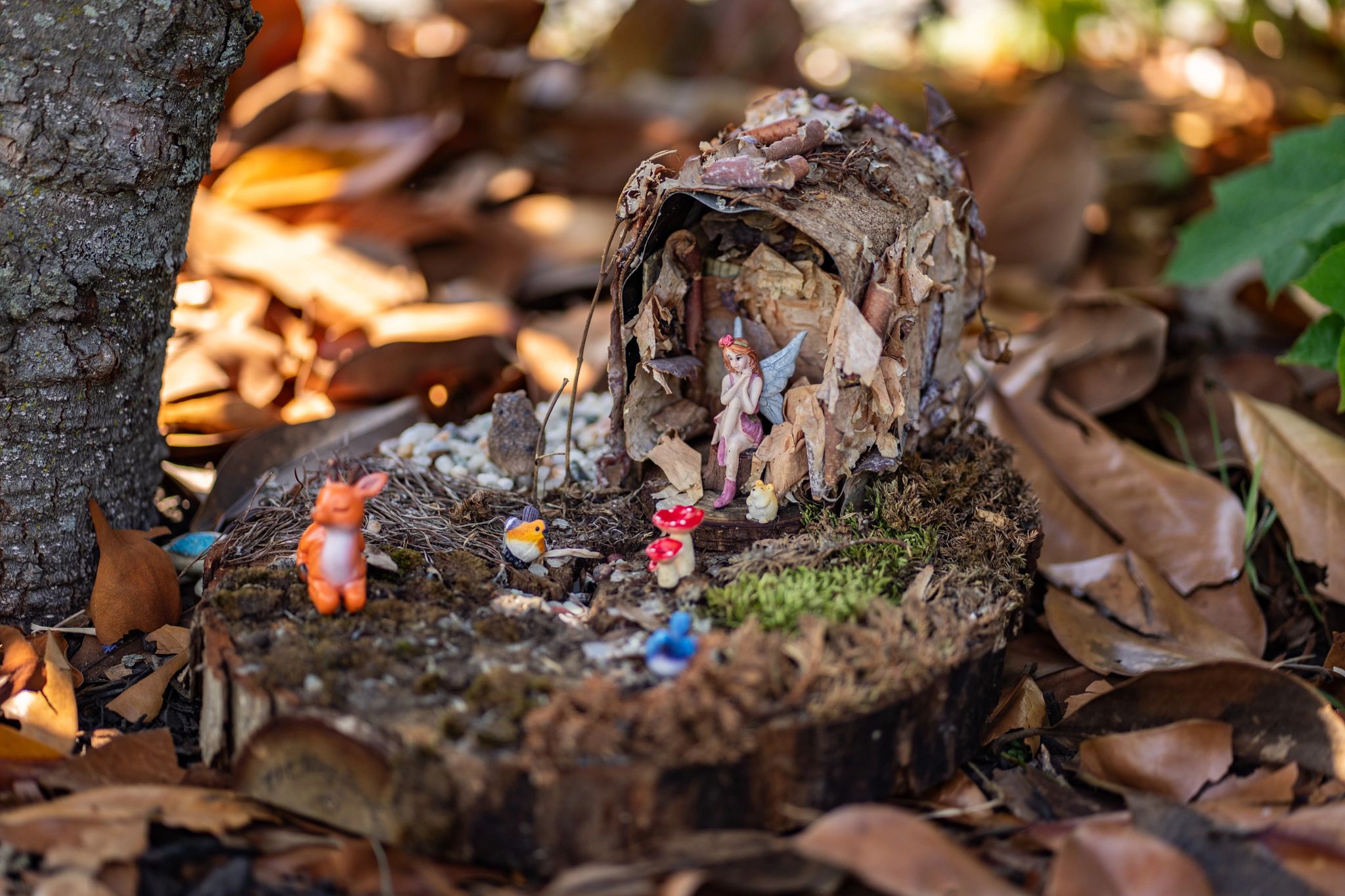
Step 2: Every house, even a fairy house, needs a foundation
For outdoor fairy gardens, the usual scene includes a house, which could be as simple as a lean-to made of bark and moss; a pebble path; and some decor, such as a bench made of twigs laced together with twine or a fairy pool made by parking a shell atop a wine cork, says Kristin Strandlund, who heads a Minneapolis preschool and posts fairy-gardening crafting advice on social media.
My Saturday fairy gardeners designed a bark-and-leaf house with a little path of pebbles that were quickly crowded with animal and fairy figurines.
For transportable or indoor fairy gardens in a glass bowl terrarium or dish garden, you’ll need a bottom layer of pebbles. Top that with a thin layer of activated charcoal to purify the water (check the pet store aquarium section). Then put in potting soil, nestle in plants, add moss for mulch and add decorations, says Mark Miller, the education and exhibits director at the Pittsburgh Botanic Garden, where kids ages 4 to 7 build terrariums at a fairy camp every summer.
Fairies do prefab too. If you want something more ready-made, crafts retailers stock unfinished mini houses, fairy figurines and dollhouse-sized furnishings. Melissa Mills, senior vice president of merchandising for Michael’s, says they offer a $25 Fairy Garden Kit to meet growing demand. And Etsy abounds with ready-made kits.
But the most fun is seeing what kids come up with on their own, says Liza Gardner Walsh, author of the Fairy Garden Handbook. She once gave a fairy house workshop where “the kids didn’t want to build a house — they wanted to make a soup kitchen for the fairies that needed one because they didn’t have enough food.”

































































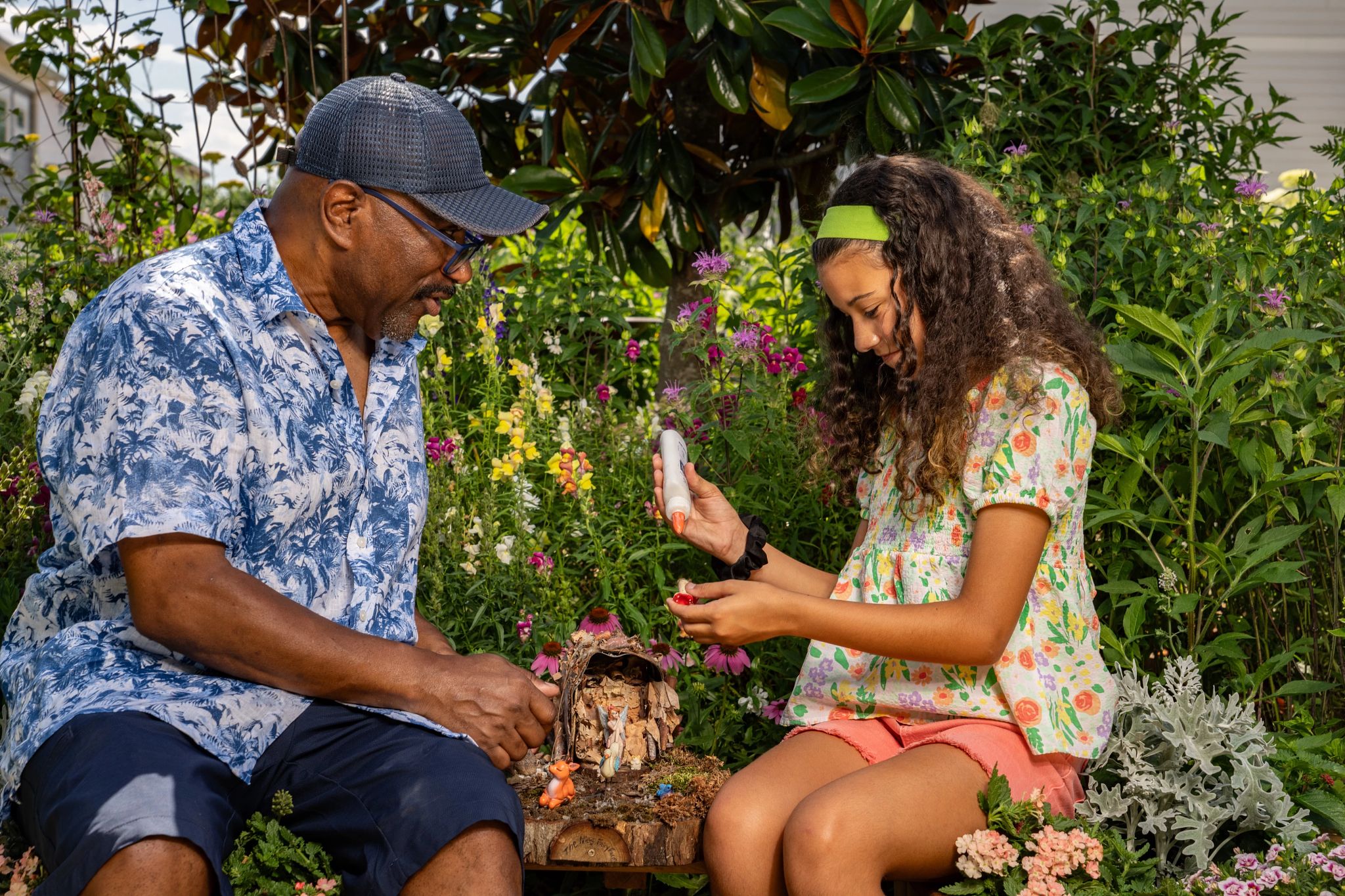
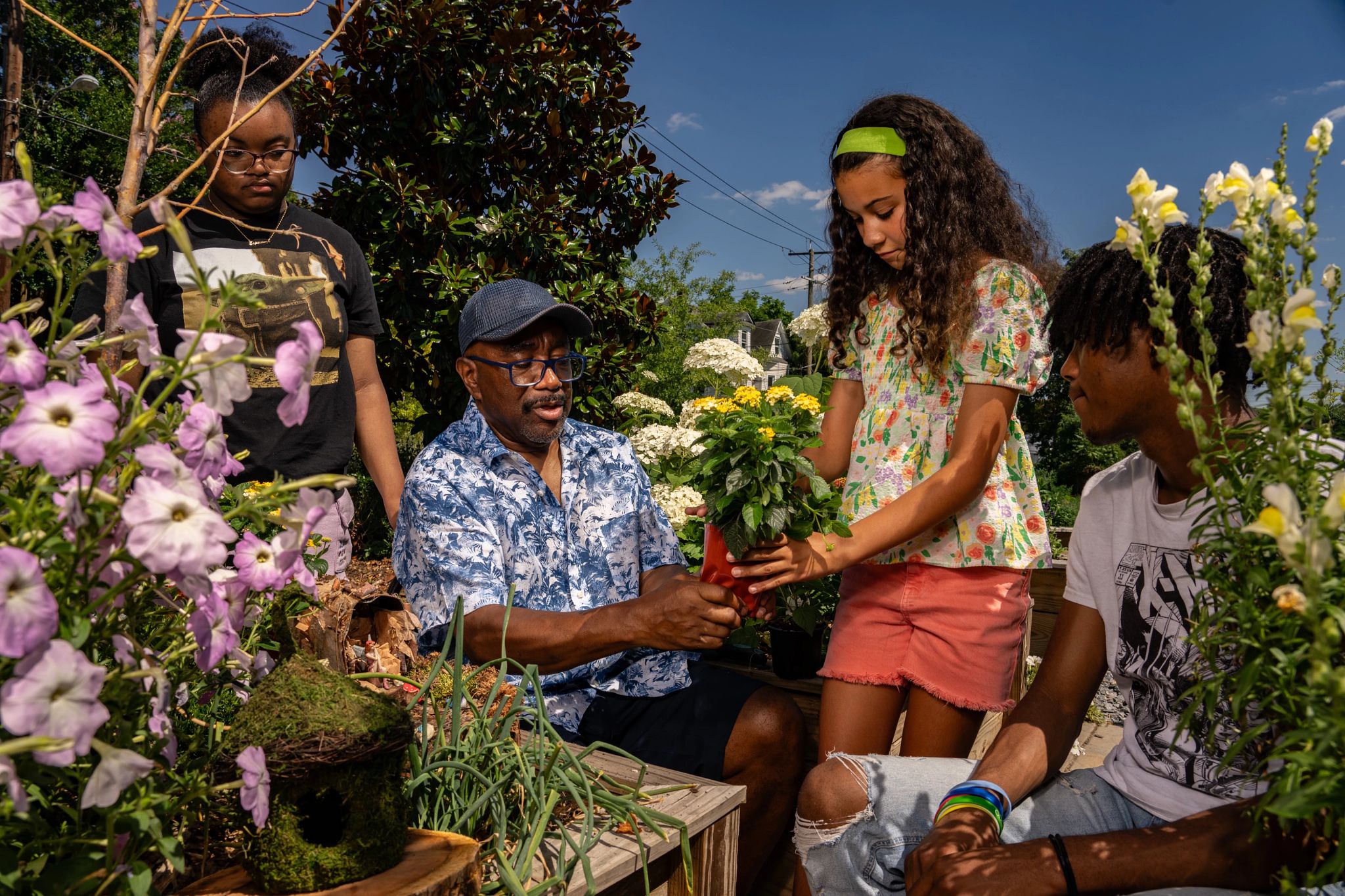

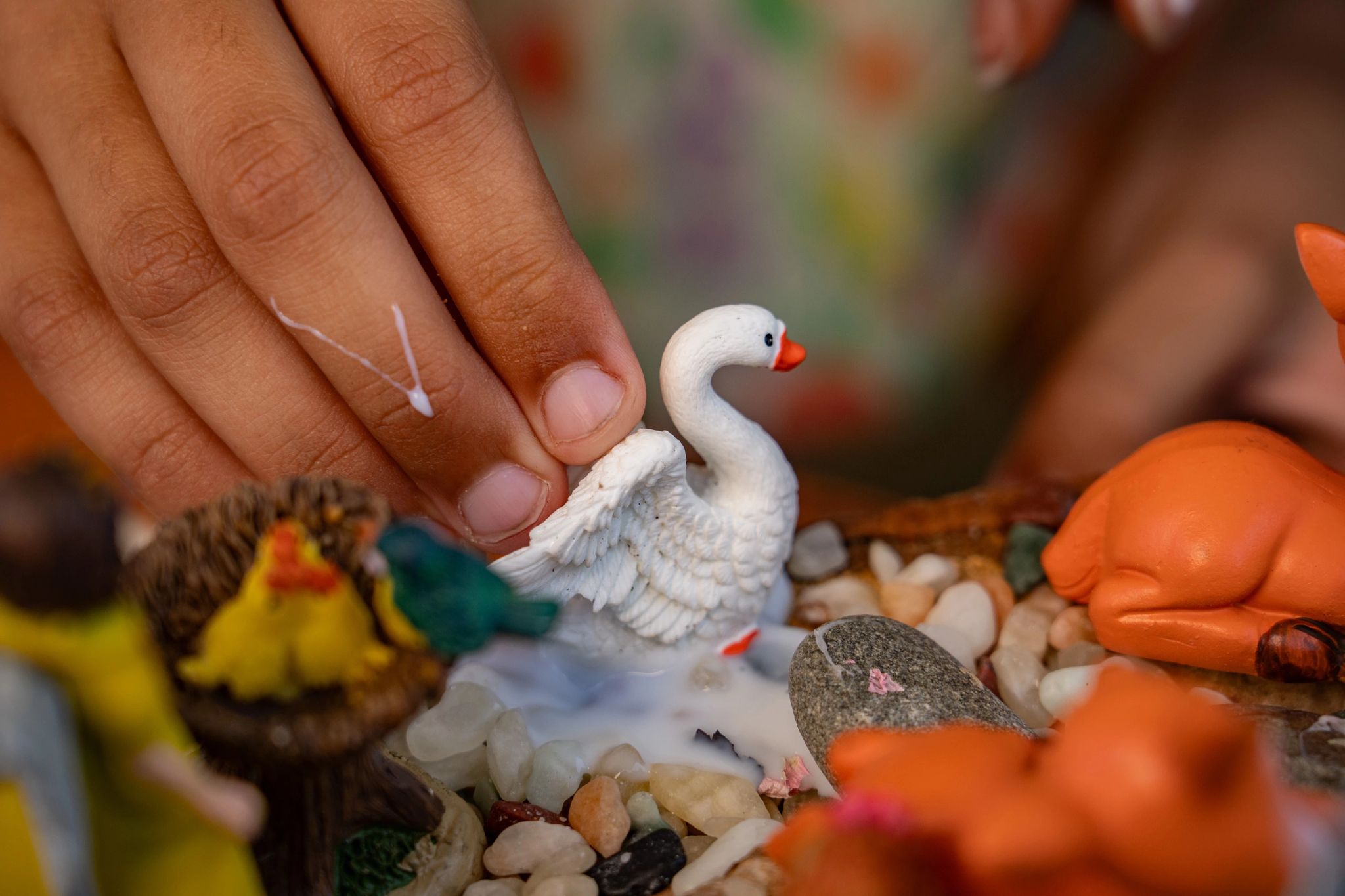

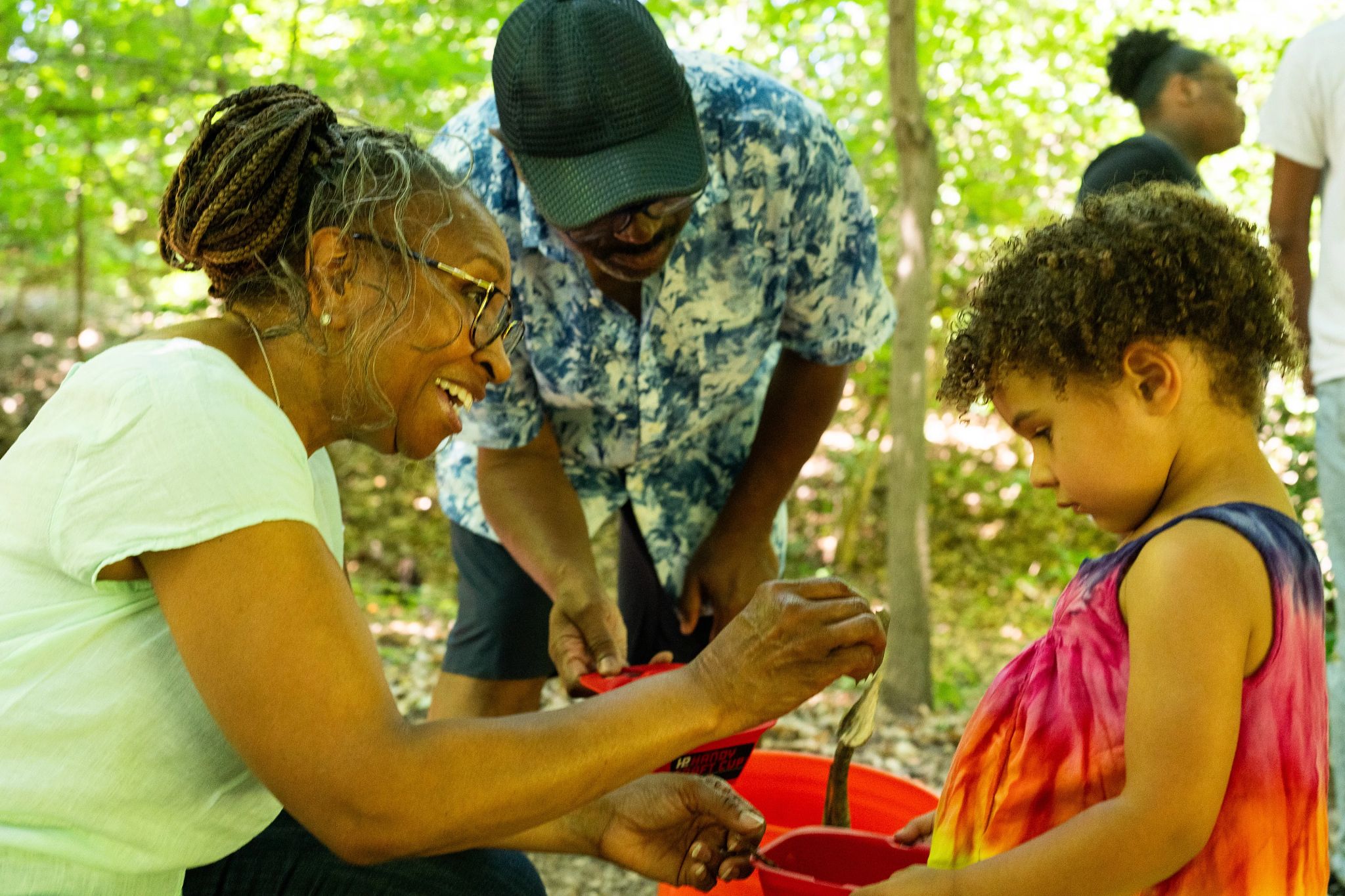


More From AARP
Sensory Garden Ideas to Stimulate Your Senses and Delight Your Soul
Taking time to stop and smell the roses offers health benefits for 50+ adultsDownsize Your Garden, Not Your Joy of Gardening
7 tips for keeping your new, smaller garden meaningful and blooming beautifullyGrow Your Own Outdoor Oasis
Helpful tips for cultivating the yard of your dreams
Recommended for You